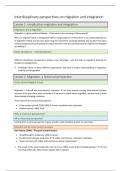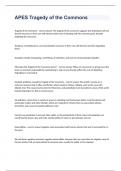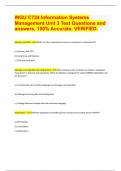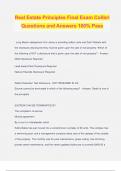Summary
Summary - Interdisciplinary Persp: Migration & Integration_Advanced
- Course
- Institution
This full summary includes the powerpoint slides that were used during the lesson and notes taken during the lesson and based on the recordings. The full content of the course interdisciplinary perspectives on migration and integration (IPMI) has been incorporated into this summary. This compre...
[Show more]










